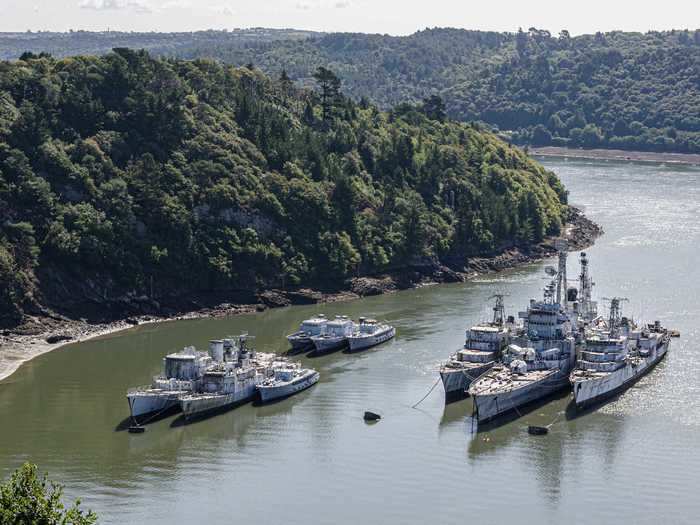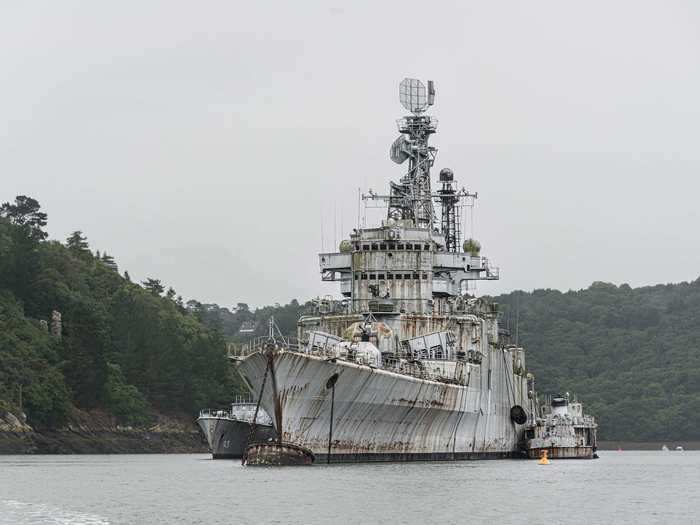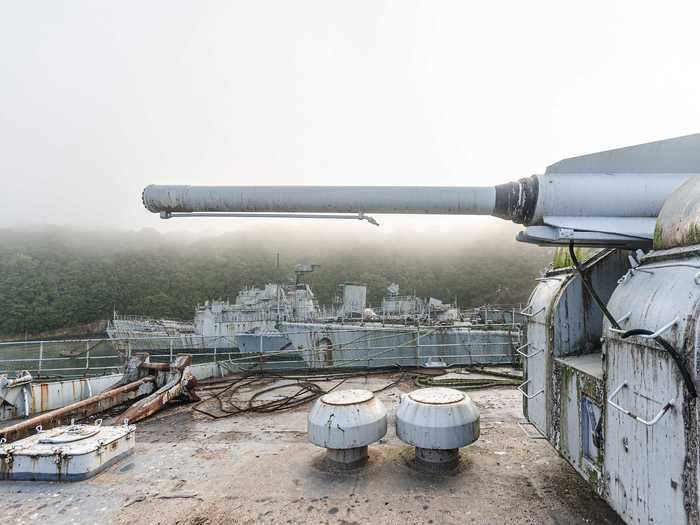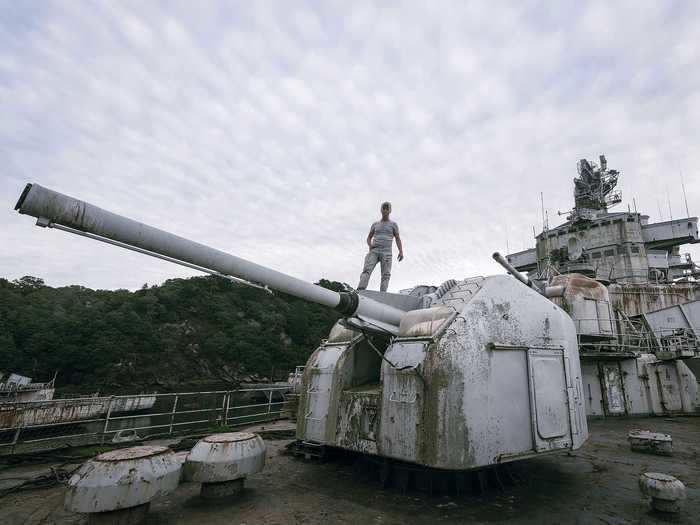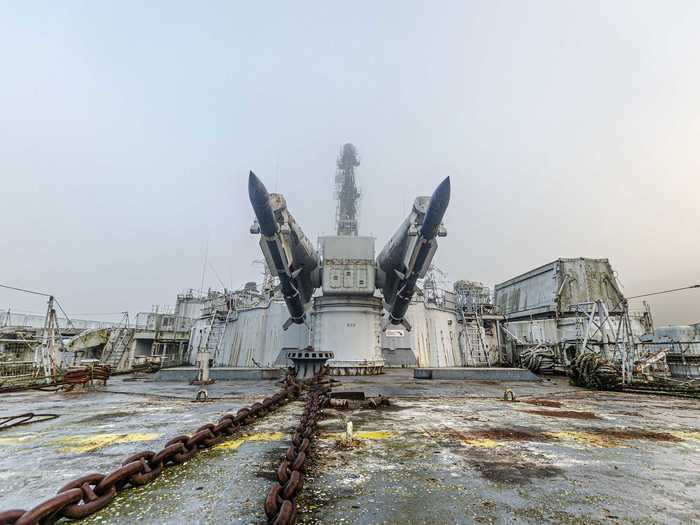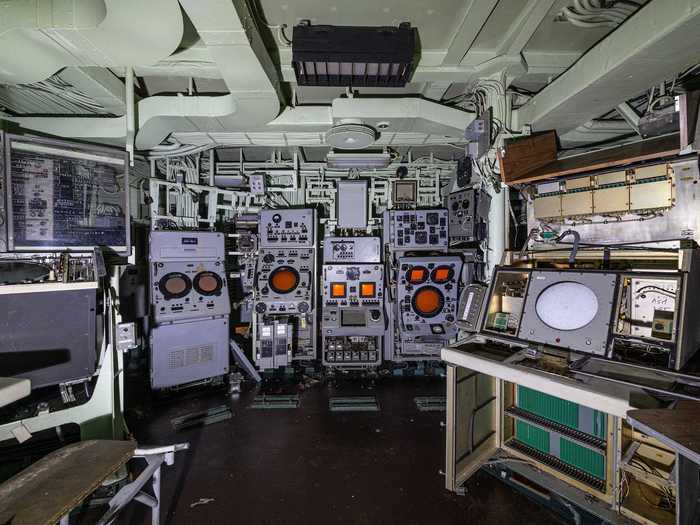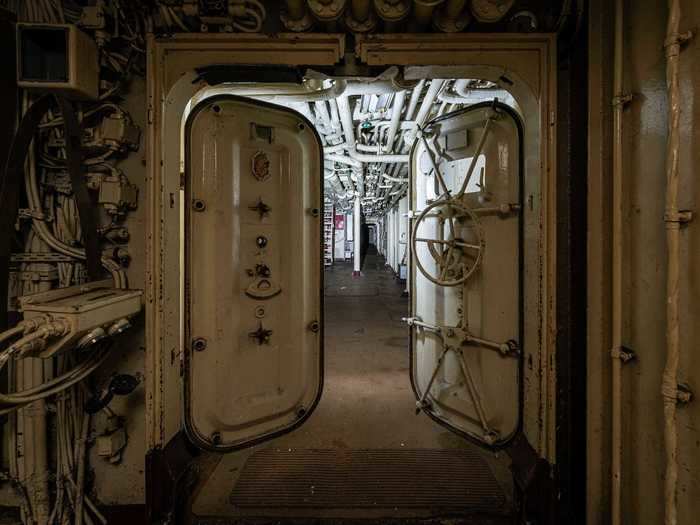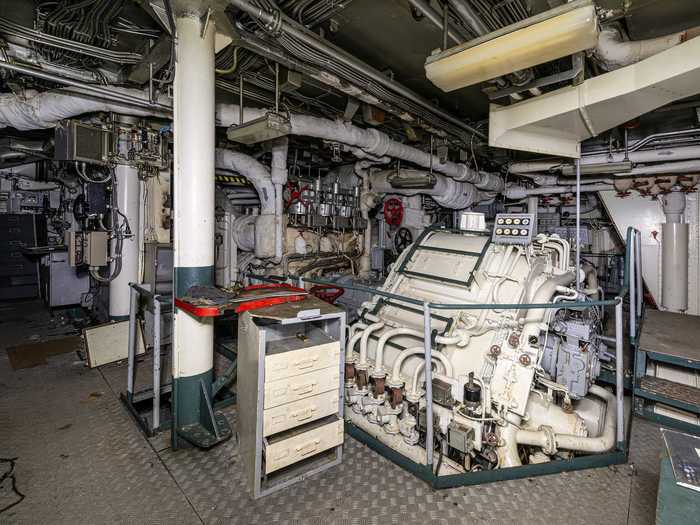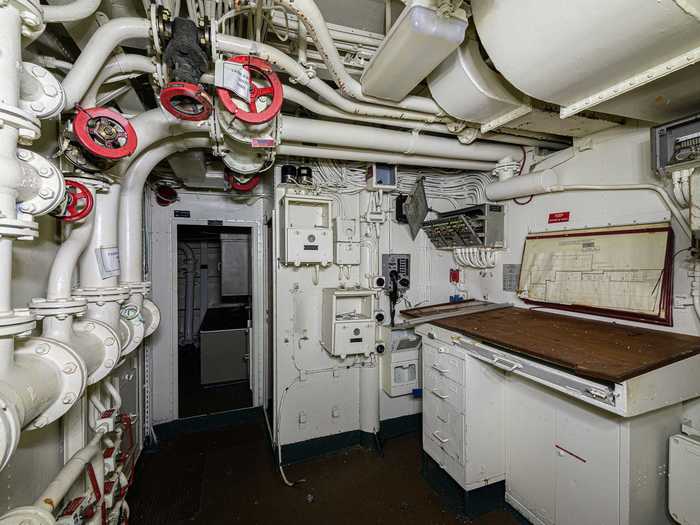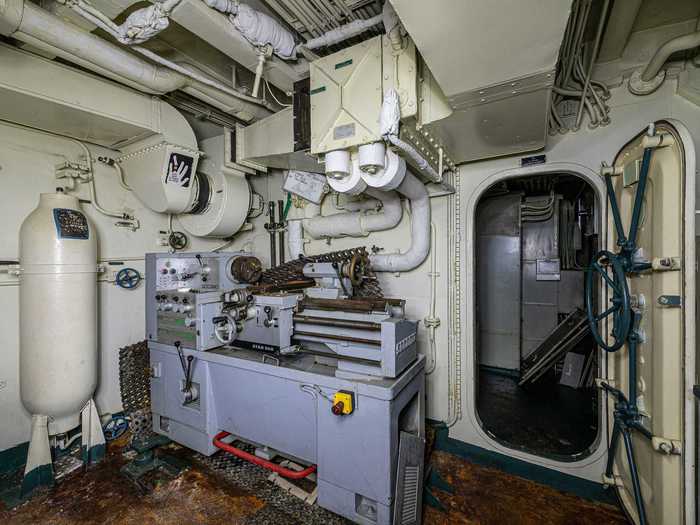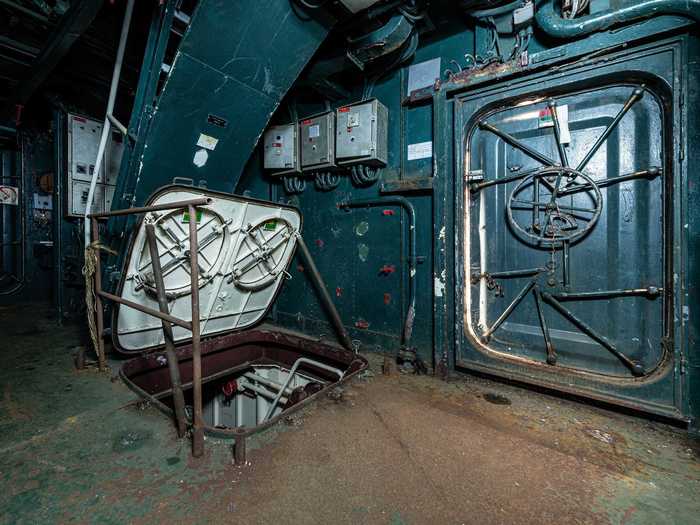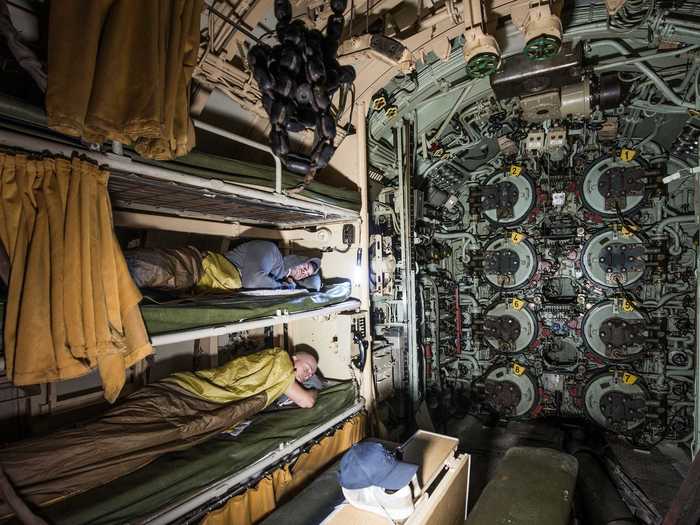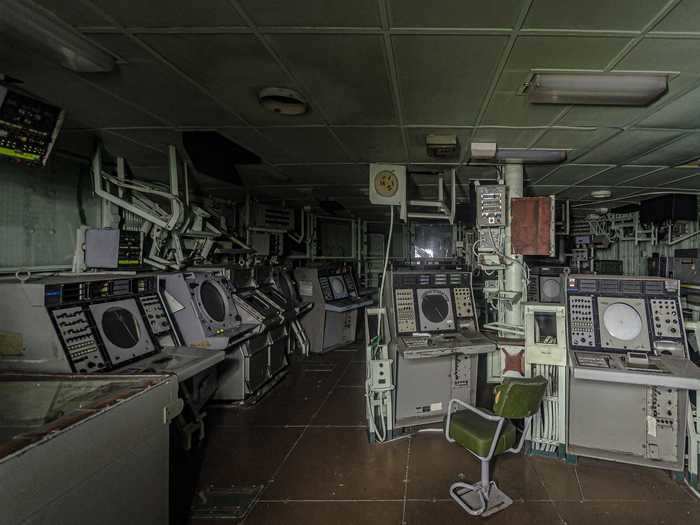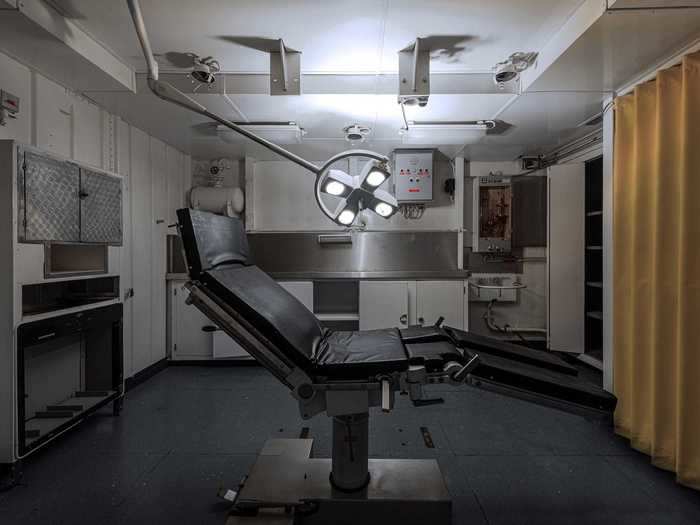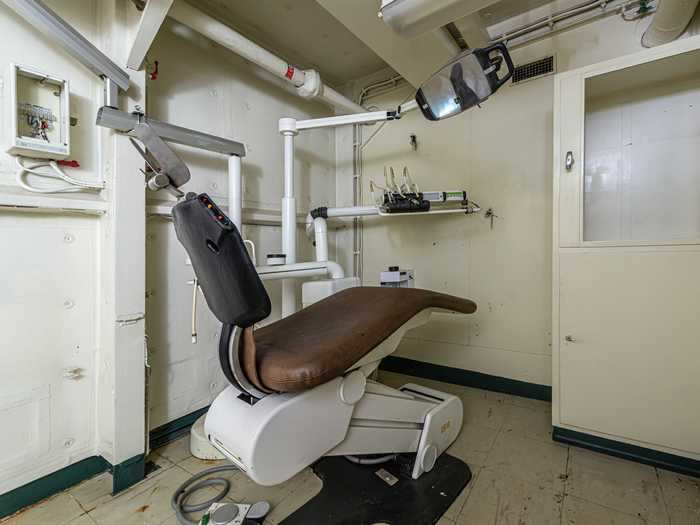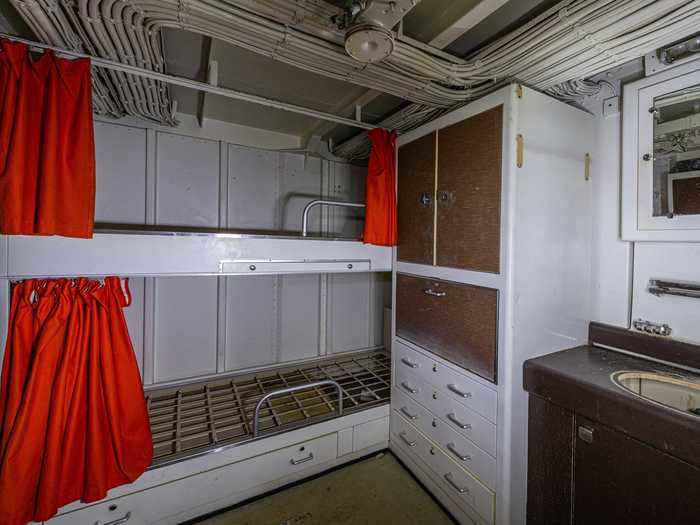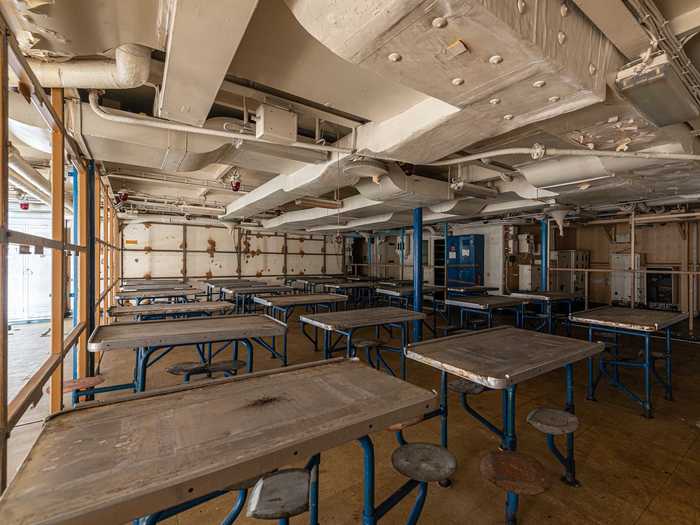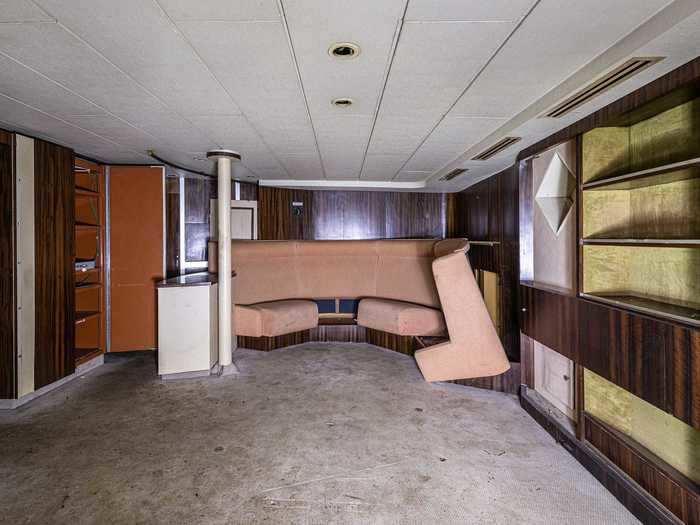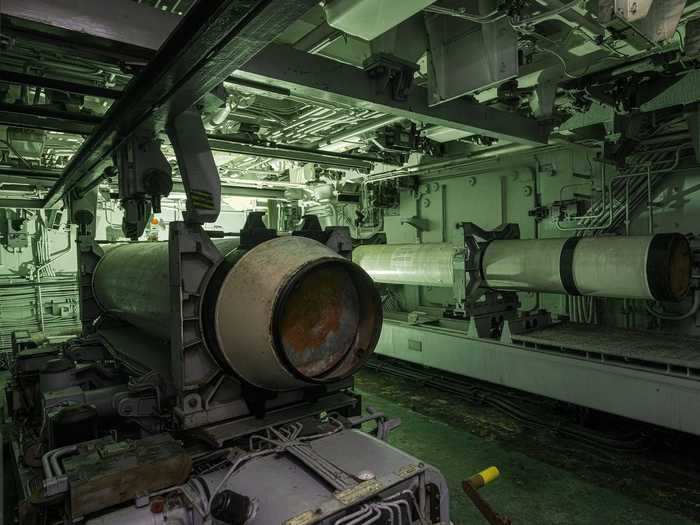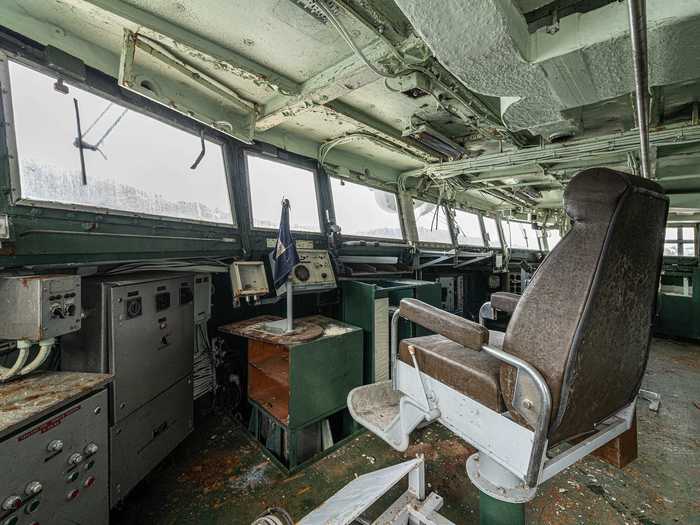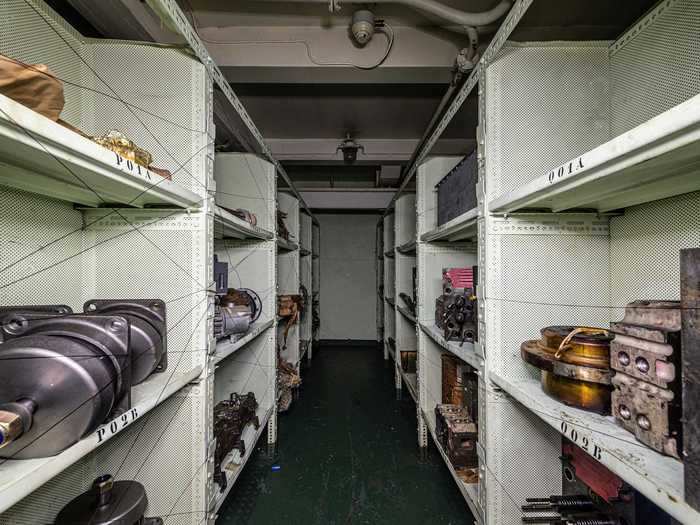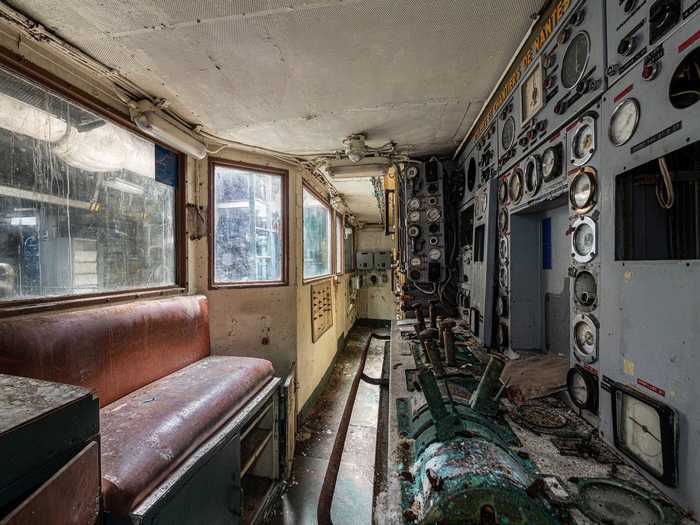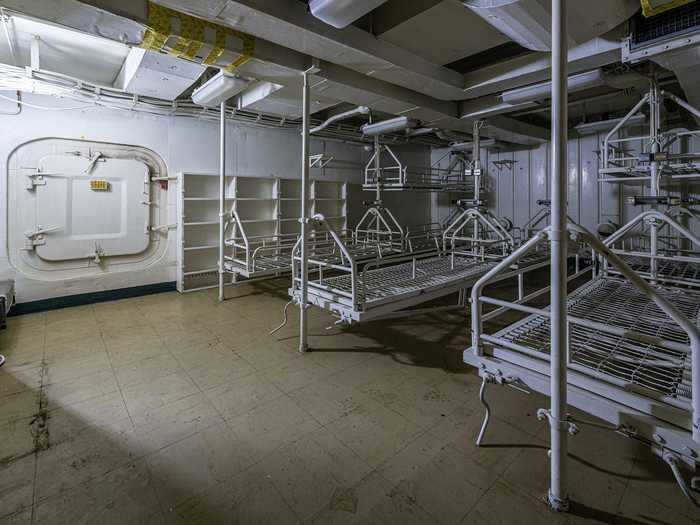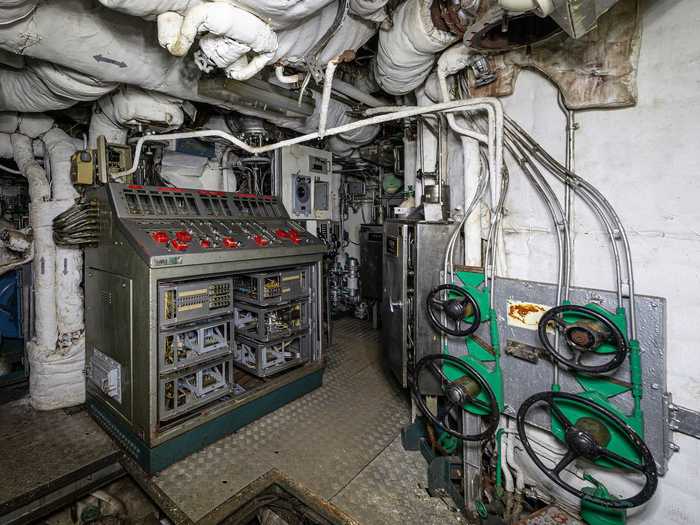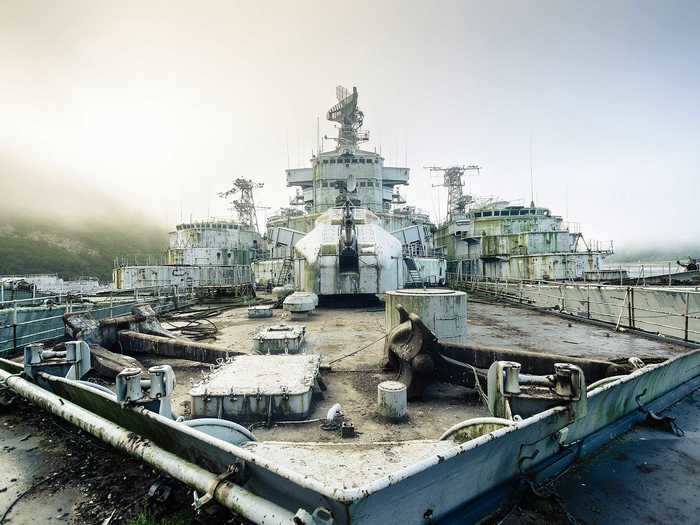Bob Thissen on one of the ships.@exploringtheunbeatenpath
- Bob Thissen is a Netherlands-based photographer and explorer who has been photographing abandoned structures for the past 13 years.
- In 2016, he traveled to Brittany, France, to visit decommissioned French naval warships.
- He gained entry to the ships at night and sometimes even slept on them.
Netherlands-based photographer Bob Thissen has been interested in abandoned buildings and structures since he was a child.
In 2007, he took his interest a step further by traveling to photograph some of the most mysterious places around the world.
Thissen shares his findings on his Instagram account, where his followers can virtually explore abandoned observatories, theme parks, naval ships, and many more.
One of Thissen's most thrilling explorations was during his 2016 trip to Brittany, France, where he managed to get inside decommissioned French naval warships.
Take a look at his haunting photographs.
Read the original article on
Insider
Bob Thissen has been interested in abandoned structures since he was a child.
The bay with decommissioned warships.
@exploringtheunbeatenpath
"I started as a kid, but I couldn't go out, so I made drawings of abandoned castles," he said.
However, it wasn't until 2007 that he found out about urban exploring on the internet, and he "was hooked."
Cruiser Colbert.
@exploringtheunbeatenpath
According to Collins, urban exploration is "a recreational activity in which people explore derelict urban structures such as abandoned sewers or underground railways or attempt to access areas which are closed to the public such as the roofs of skyscrapers."
In 2016, Thissen traveled to Brittany, France, to explore decommissioned French naval warships.
100 mm naval gun.
@exploringtheunbeatenpath
However, he discovered the warships much earlier. "In the beginning of 2011 I found a Wikipedia page saying old naval ships were there, and that it was the last resting point until they get dismantled," he said.
He had to travel about 700 miles to reach them.
Thissen on the ship.
@exploringtheunbeatenpath
The ships are near an old French naval base in Brittany, France.
"First we scouted the place," he said. "We did not know how to get on them or if there was somebody patrolling."
Cruiser Colbert Masurca missiles.
@exploringtheunbeatenpath
He had traveled there with three friends.
Eventually they went at night. "We spent a few weeks exploring them, and we even slept on them," he said.
Combat information center.
@exploringtheunbeatenpath
But it wasn't easy to get inside.
Most of the doors were welded shut so he had to climb in through small open hatches.
Corridor.
@exploringtheunbeatenpath
For the larger ships, he had to climb the anchors to get in. "It's pretty tricky, if you fall in the water, there's a really strong current, so you're in trouble," he said. Luckily, Thissen didn't fall in.
The effort was worth it for the incredible things he found inside.
Engine room.
@exploringtheunbeatenpath
He captured incredible photos of the rooms inside the ships, like this engine room.
They spent the most time exploring the Colbert, pictured below.
Corridor.
@exploringtheunbeatenpath
The Colbert was named after Jean-Baptiste Colbert, who was the secretary of state for the navy under King Louis XIV of France. The ship was a cruiser of the French Navy between 1956 and 1991.
The Colbert used to be a museum, so after being disarmed, it was left intact.
Workshop.
@exploringtheunbeatenpath
It was converted into a museum in 1993, and remained as one until 2006. The owner could no longer pay the upkeep costs.
"Though it looks light in the pictures, inside the ship was pitch black," Thissen said.
Corridor.
@exploringtheunbeatenpath
Thissen and his team had to bring LED lights and flashlights to illuminate the inside of the ships.
Thissen and his friends slept in the ship's sleeping quarters during their exploration.
French Portuguese submarine.
@exploringtheunbeatenpath
Thissen and his friends "brought a lot of meat and some disposable barbecues" to keep themselves sustained during their exploration.
Some of the rooms, like the combat information center below, still contained equipment left by the French navy.
Combat information center.
@exploringtheunbeatenpath
"There you can see radars and equipment that they used," he said.
The ship even had an operating theater, in case someone was wounded.
Operating theater.
@exploringtheunbeatenpath
"The sailors were on the ship for three months at a time, so you have all kinds of things there," he said.
Dentist's chair.
@exploringtheunbeatenpath
The dentist's chair pictured above gives an idea of all the amenities the ship had for the sailors.
The sleeping quarters, pictured below, also gives a window into the lives of the sailors.
Sleeping quarters.
@exploringtheunbeatenpath
They would spend months sleeping in these cramped quarters while on duty.
The ship also had large dining halls, where the sailors could eat together.
Dining room.
@exploringtheunbeatenpath
Spaces like the dining hall show the more normal aspects of the sailors' lives.
The officers' lounge, though worse for wear when Thissen shot it, provides another glimpse at what life was like on the ship.
Lounge.
@exploringtheunbeatenpath
Officers' lounges were a place for the higher-ranking soldiers to relax.
Though de-armed, the missile loading room, pictured below, is still a sight to behold.
Missile loading room.
@exploringtheunbeatenpath
The nautical bridge, pictured below, was one of the rooms Thissen was most fascinated by.
Nautical bridge.
@exploringtheunbeatenpath
A nautical bridge is the room or platform from which the ship can be commanded.
The warehouse shows where the sailors would store important objects.
Warehouse.
@exploringtheunbeatenpath
From cookware to missiles, there were quite a few things stored in the warehouse.
When Thissen went, there were at least 10 ships, but this number fluctuates as ships are dismantled and new ones arrive.
Engine control room.
@exploringtheunbeatenpath
The site is used by the French navy to dismantle the ships, so they are only there for a period of time.
Thissen thinks it's important to document these abandoned structures.
Sick bay.
@exploringtheunbeatenpath
He doesn't want their history to be lost.
"If everyone obeyed the rules there would be no pictures taken inside these ships, and a piece of history would have disappeared," he said.
Engine room.
@exploringtheunbeatenpath
"It's the same with Fukushima," he said. "If everyone would have obeyed the rules nobody would have seen the real aftermath of the disaster, and I think that's quite important."
Though the ships that Thissen visited are now dismantled, he's glad he was able to capture them beforehand.
Warship.
@exploringtheunbeatenpath

